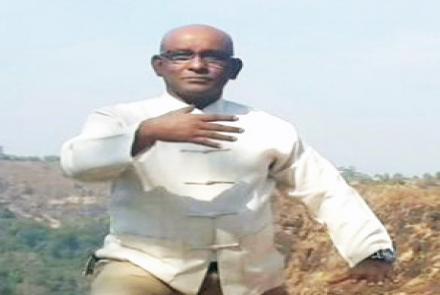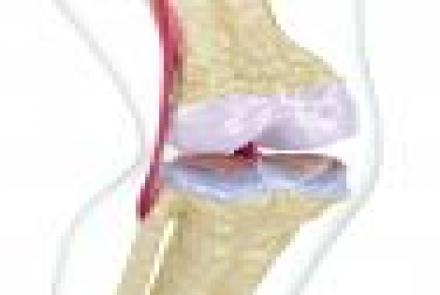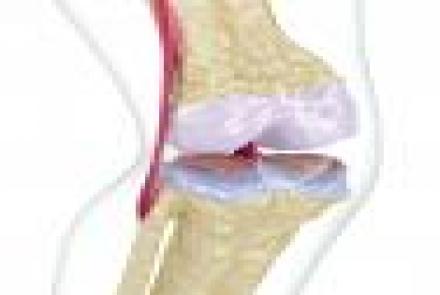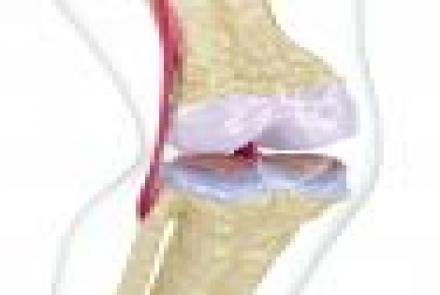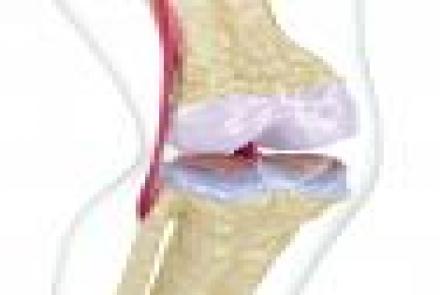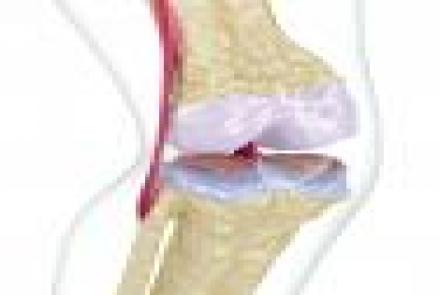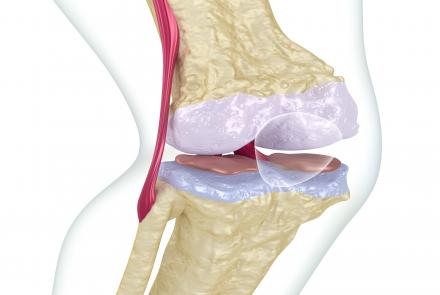
For healthy bones, you need to do the following:
• Weight-bearing exercises: Exercises like walking (legs bear the body’s weight), stair-climbing, low-impact aerobics, gardening etc are good for those with osteoporosis. Walking as little as three to five miles a week can help build your bone health. You can also do some functional movement such as raising the whole body slowly upon your toes.
• Resistance exercises: This means working against the weight of another object. Resistance helps osteoporosis by strengthening the muscles and building bone mass, thereby reducing the risk of fractures. Do exercises that strengthen the spine.
• Flexibility exercises: Flexible joints help prevent injury. Do simple stretching exercises or yoga (without twisting at the waist).
Exercises should be done on a regular basis at least 2-3 times a week. Exercise all your muscle groups but don’t strain the same group of muscles continuously for more than two days.
Read about The Right Exercise For Osteoporosis
Avoid the following:
Severe weight-bearing exercises like running, jogging and skipping as these put stress on your back.
Bending exercises and outdoor games like tennis are to be avoided as they strain the back.
Cycling puts stress on the knees, which are at risk once ageing begins.
Diet
Eat food that’s rich in calcium and Vitamin D for healthy bones.
Calcium: Adults up to age 50 require 1,000 mg of calcium daily - the equivalent of three 8-ounce glasses of milk. Older adults need 1,200 mg of daily calcium - about half a glass more of milk. Women after menopause require 1,300mg daily of calcium.
Good sources of calcium in food include
• Dairy products like cheese, yogurt and skimmed milk
• Fish such as salmon and sardines
• Dark, leafy green vegetables such as curly kale and spinach
• Fruits like figs, apricots and oranges
• Tofu (soybean)
• Grains seen in India such as ragi, kulthi, rajma, chana etc
Vitamin D: People need 200 International Units (IU) of vitamin D3 a day until age 50. Adults need 400 IU of vitamin D3 from the ages of 51 to 70 years. Seniors need 600 IU of vitamin D3 a day after age 70.
Good sources of vitamin D3 are:
• Natural sunlight exposure for 15-20 minutes at least 3 times a week before 11am and after 4pm.
• Fortified milk and orange juice
• Egg yolks
• Fish such as mackerel, salmon and tuna. Also cod liver oil supplements.
• Liver, beef, etc.
• Certain mushrooms
• Breakfast ready–to-eat cereals
Some more tips for healthy bones:
• Eat fresh fruits and vegetables with plenty of potassium-rich foods, such as bananas, tomatoes and orange juice as potassium may help decrease the loss of calcium.
• Moderate your alcohol consumption
• Quit smoking and tobacco use
• Cut out caffeine and carbonated beverages
• Cut back on salt (eating salty foods causes your body to lose more calcium).
Take charge – Your action plan
• Exercise
• Eat right
• Have regular check-ups
• Take your medication (if prescribed)
Know your support team – Who can help you stay healthy
• General physician
• Orthopaedic
• Nutritionist
• Counsellor
• Fitness expert


